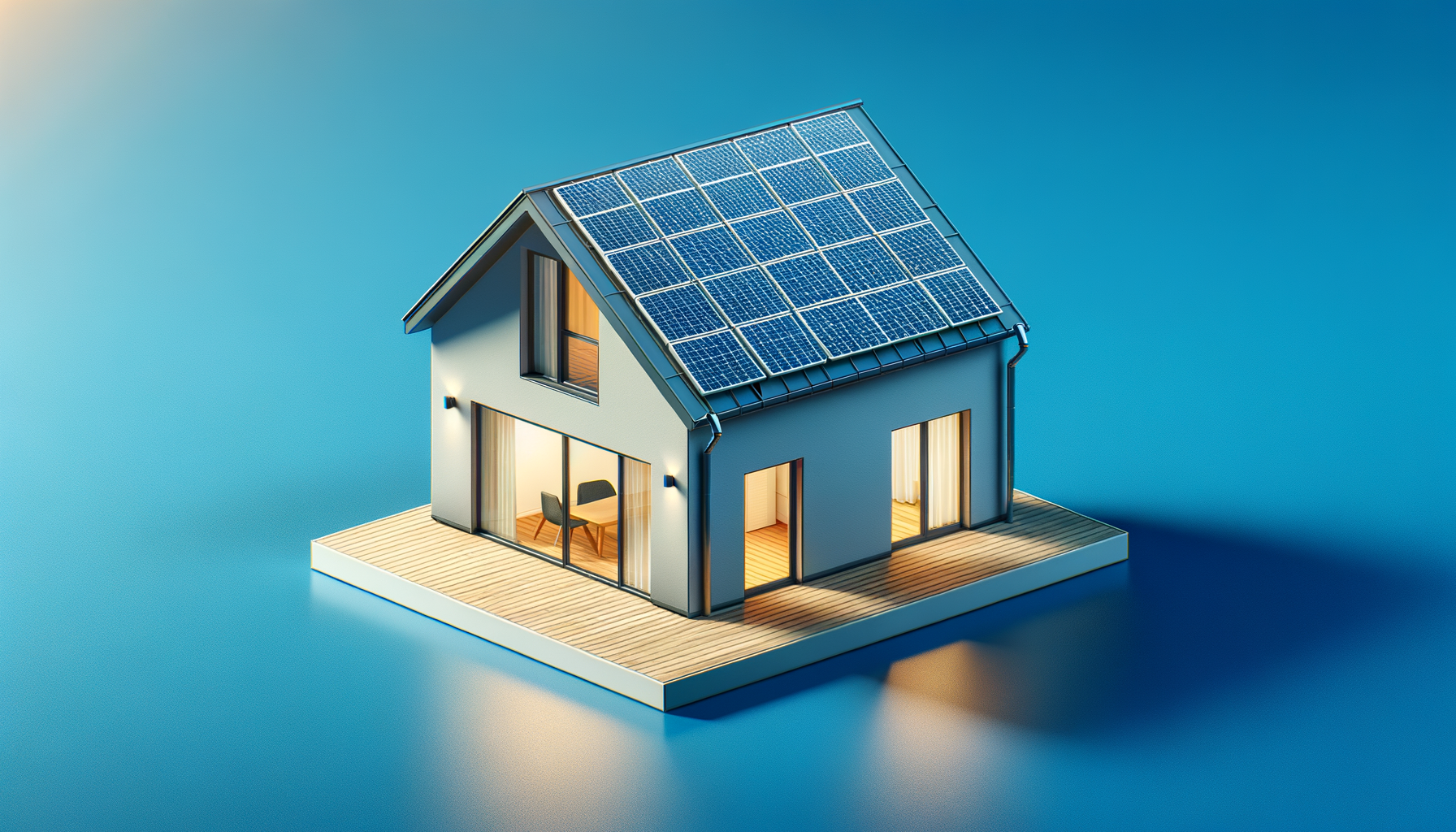Hail Resistant Roofing: Selecting the Best Protection for Your Home

Updated 4 months ago
When violent clouds unleash hail, it's your roof that takes the frontline defense to protect your home. Recently, with the uptick in intense weather events, homeowners are keen on finding the best hail-resistant roofing materials to shelter their house without compromising on aesthetics or budget. This comprehensive guide is tailored for those who seek to understand various roofing options that stand up to the test of hail, helping you to make an informed decision and ensure your home is adequately armored against the skies.
Understanding the Threat: Why Hail-Resistant Roofing is Essential
Hail can wreak havoc on traditional roofing materials. When chunks of ice, ranging from pea-size to as large as grapefruits, pummel from the sky, they can cause cracks, breakage, and significant structural damage requiring costly repairs. The average lifespan of a standard roof may significantly shorten if proper safeguards are not in place. That's why hail-resistant roofing isn't merely an investment; it's a necessary layer of security for your home.
Hail-Resistant Roofing Materials - Pros and Cons Breakdown
Let’s evaluate the most recommended materials when it comes to choosing a hail-proof roof.
Asphalt Shingles
Asphalt shingles are incredibly popular due to their affordability and versatility. Special impact-resistant (IR) asphalt shingles with a Class 4 UL2218 Impact Rating are designed to withstand larger hailstones.
Pros:
- Available in various colors and styles
- Class 4 versions offer enhanced durability
- Can resist hailstones up to 2 inches in diameter
Cons:
- Less eco-friendly due to asphalt's environmental impact
- May not provide as much hail protection as other, more sturdy materials
Metal Roofing
Metal roofing is lauded for its durability and longevity. Class 4 metal roofs can reflect the sun’s rays, reduce energy costs, and withstand strong wind uplifts from storms.
Pros:
- Fire resistant and can last 40-70 years
- Offers a sleek, modern look
- Resists the most significant hail impact
Cons:
- Can be more expensive than asphalt
- Potential for cosmetic denting from hail
Slate Roofing
Natural slate is a premium roofing material known for its beauty and a lifespan that can exceed a century. It is naturally resistant to hail due to its hardness.
Pros:
- Extraordinarily long-lasting and durable
- Offers a unique, classic aesthetic appeal
Cons:
- Very heavy, requiring reinforced roof decking
- Expensive with high installation costs
Synthetic and Rubber Roofing
These newer materials, including options like rubber (EPDM) and synthetic products, are rising stars in hail resistance.
Pros:
- Rubber is inherently hail-proof, with hailstones simply bouncing off
- Synthetic options can mimic the look of slate or wood without the same cost
Cons:
- Some synthetic options may not age as gracefully as natural materials
- Lower longevity in comparison to materials like slate or metal
Let’s delve further into the nuances of these materials with the intention of assisting you in choosing the most appropriate roofing solution for your home.
![IMAGE description of a roof made of high-quality impact-resistant shingles with visible hailstones on it // ALT: Hail-resistant asphalt shingles after a storm // Prompt: Generate a large hailstone resting on impact-resistant asphalt shingles atop a house, showing minimal damage after a hailstorm, intended aspect ratio 16:9]
Calculator: Finding the Best Fit for Your Budget
Curious about how much a new hail-resistant roof might cost for your home? The price, of course, will vary depending on multiple factors such as your location, the size and complexity of your roof, and the chosen material. Let's make it simple:
Our tool will provide you with a customized estimate based on the specific details of your project, allowing you to budget conscientiously for a sturdy, long-lasting roof.
The UL2218 Impact Rating: A Benchmark for Durability
The UL2218 rating is a scale used to measure the impact resistance of roofing materials, established by the Underwriters Laboratories. Ratings are based on the size of hailstones the roof can handle without sustaining damage and range from Class 1 to Class 4, with Class 4 being the highest rating. This rating system is critical for homeowners in selecting the most durable roofing material.
Insurance Advantages with Hail-Resistant Roofs
Beyond protecting your home from damage, installing a hail-resistant roof can often lead to reductions in your homeowners' insurance premiums. Many insurance providers offer discounts for homes equipped with Class 4 roofing because of the significantly lower risk of hail damage.
![IMAGE description of a residential home roof with Class 4 impact-resistant roofing inspected by a professional // ALT: Professional inspecting the impact-resistant roof // Prompt: Generate an image of a professional with a clipboard examining a new impact-resistant roof on a bright day, aspect ratio 16:9]
Additional Considerations
When considering hail-resistant roofing, reflect on these points:
- Weight: The weight of the material might require additional structural support.
- Aesthetic: Match your home's architectural style with the appropriate material.
- Energy Efficiency: Some materials offer better insulation and can save on energy bills.
Making the Crafted Choice
Working with an experienced contractor who understands the dynamics of hail-resistant materials can make all the difference. They can provide you with insight into the materials best suited for your region and ensure a high-quality installation that stands up to the weather.
In conclusion, the roof over your head requires as much attention as any other part of your home—possibly more, given its role in sheltering you from the elements. Selecting the right hail-resistant roofing material is a blend of art and science; aesthetic appeal should meet technical prowess to ensure your home is protected, beautiful, and efficient.
As you ponder the best roofing material for your situation, remember that the correct call today could save your home from the wrath of tomorrow's storm.




